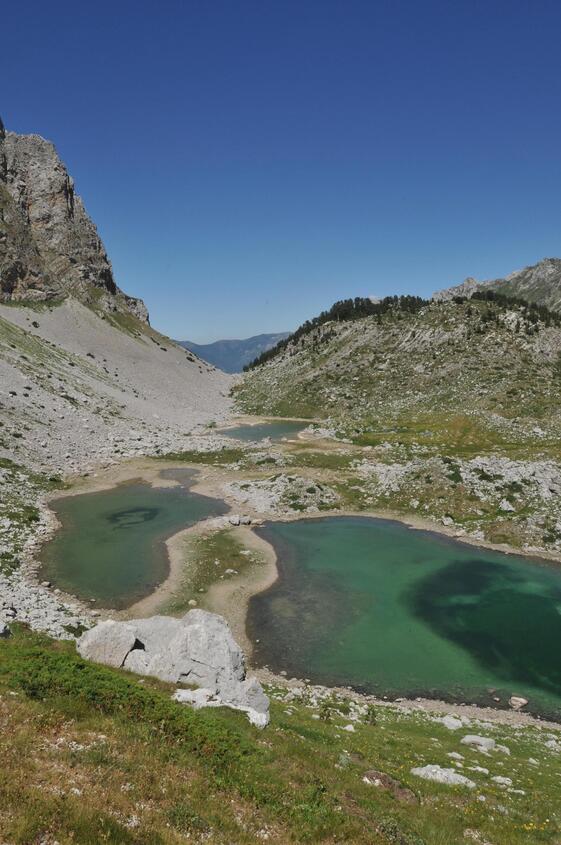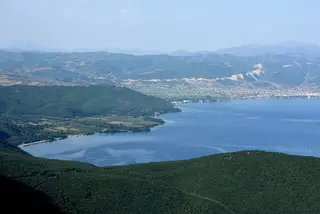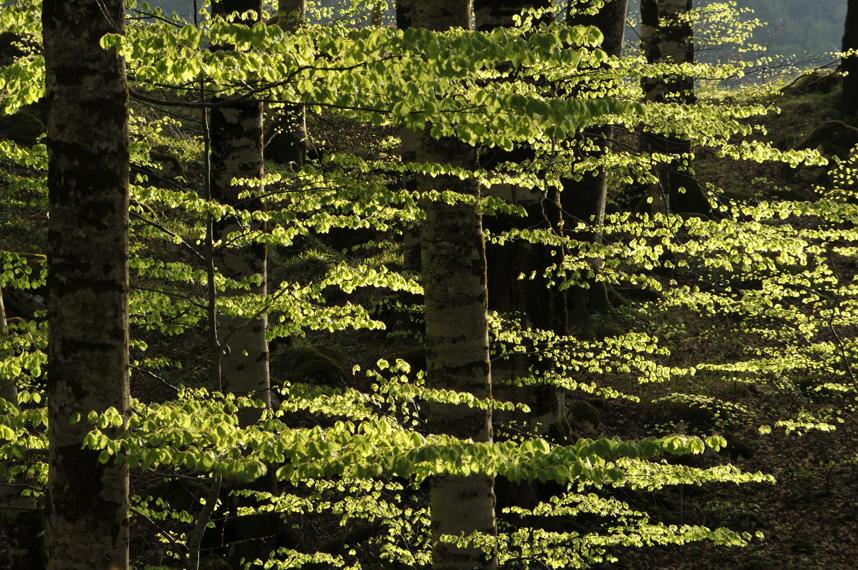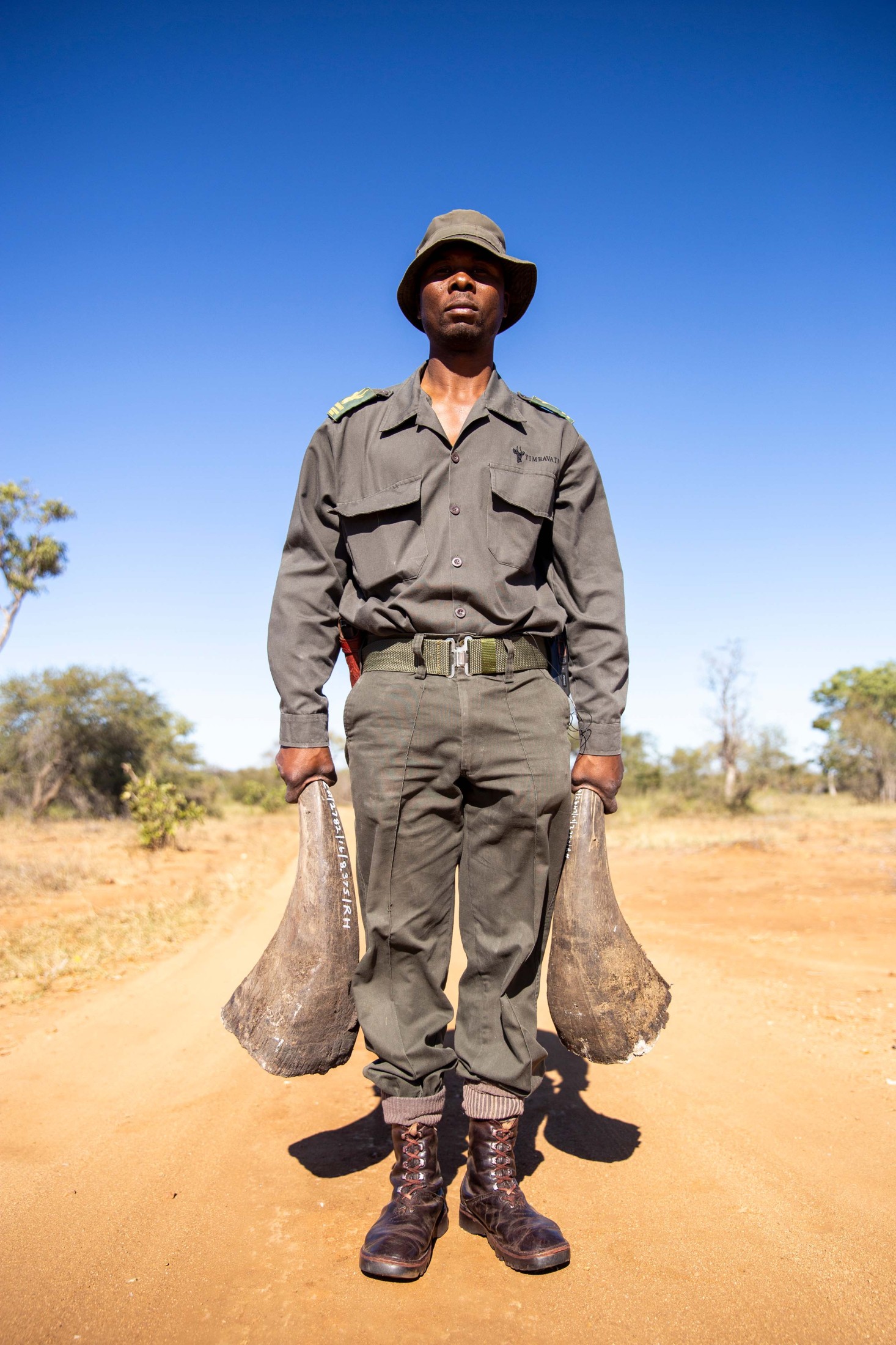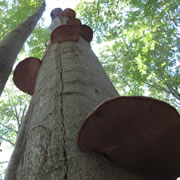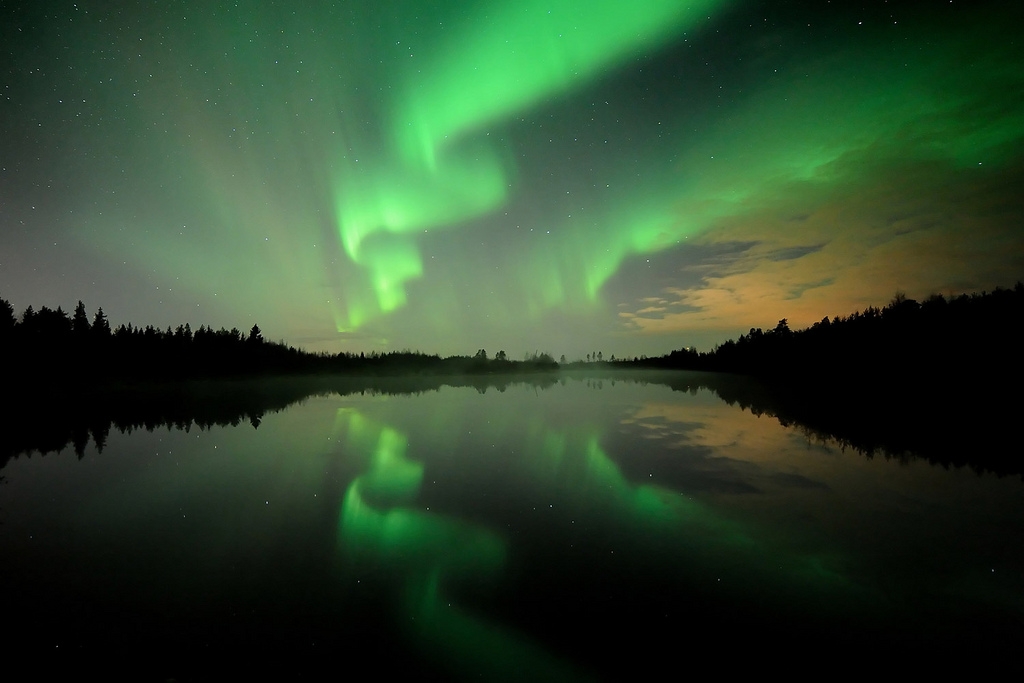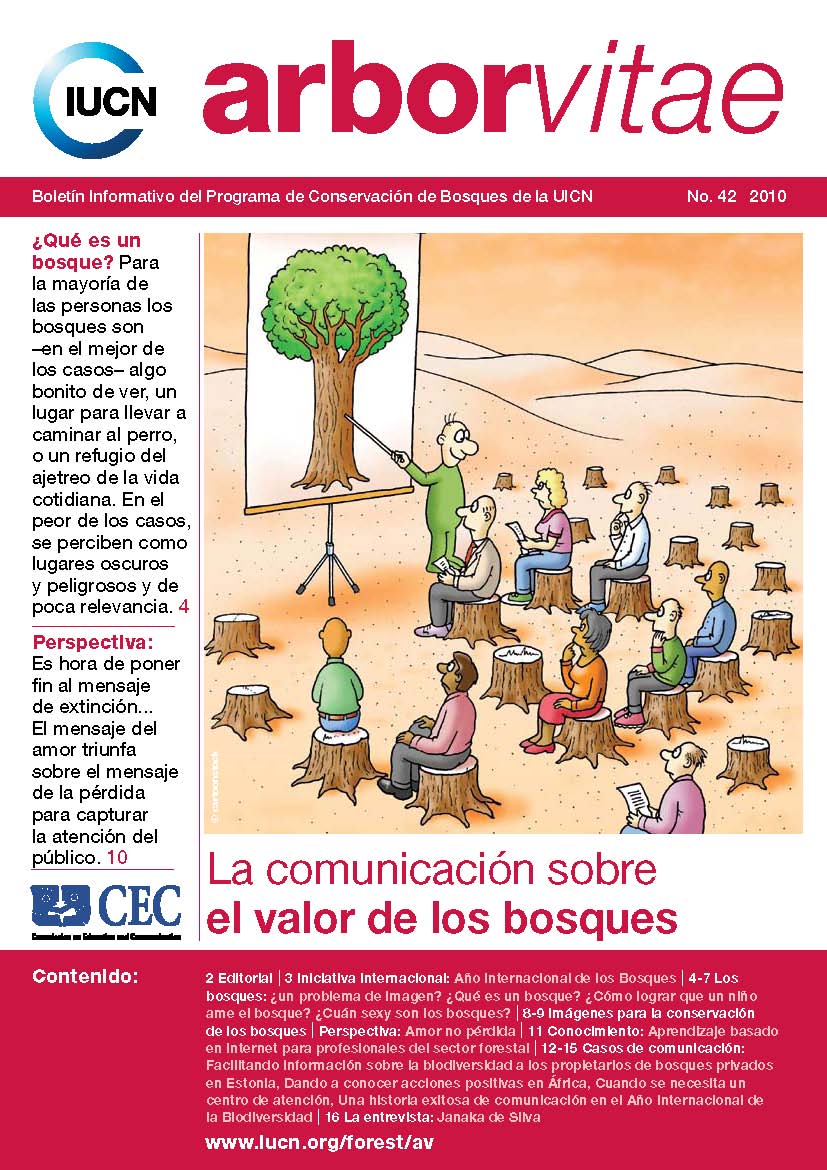A highly diverse region
The region harbors four biodiversity hotspots, the world’s most biodiverse and threatened areas. Spanning the North Pacific, the Arctic Ocean and the Mediterranean Sea, encompassing the steppes, deserts and mountains of Central Asia, the lush forests of South Caucasus and the karst ecosystems, underground freshwater and wetlands of the Western Balkans - this vast region hosts an exceptional
array of globally important and threatened species. It is known for the presence of some of the most iconic large mammals, such as the Siberian Tiger, Snow and Persian Leopards, Polar Bear, European Bison, Saiga Antelope, Argali Sheep, Orca or Beluga Whale.
